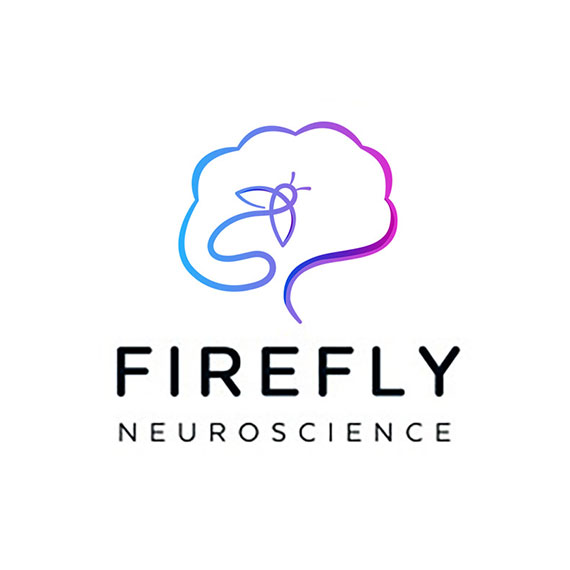
Firefly Neuroscience (NASDAQ: AIFF) has announced a significant advancement in Alzheimer’s disease research: the company has identified a novel, objective method for measuring and distinguishing between subjective cognitive decline (SCD), mild cognitive impairment (MCI), and dementia in Alzheimer’s disease. This breakthrough enables a scalable and accessible approach to promote earlier detection and intervention.
In the study, while EEG/ERP and volumetric magnetic resonance imaging (vMRI) each helped alone, the best results came when both were combined. Just using EEG measures, three EEG measures stood out: (1) reaction time; (2) commission errors; and (3) P300b amplitude. Using these EEG assessments, researchers could categorize subjects with ~80% accuracy (AUC = 0.79). With respect to vMRI assessment, of all the brain areas, only the left temporal lobe size was a powerful MRI predictor, where smaller size tended to correlate to cognitive issues. Combining EEG measures with the size of the left temporal lobe from the MRI boosted accuracy to ~87% (AUC = 0.87). This study demonstrates the potential of a primarily physiological diagnostic model for differentiating SCD, MCI, and dementia using EEG/ERP, especially when combined with volumetric brain MRI. In addition, the accessibility of EEG/ERP and vMRI means that these tools can be used as adjuncts to clinical assessments to help increase the diagnostic certainty of SCD, MCI, and dementia.
In a statement, Gil Issachar, CTO of Firefly, commented, “Immediately after the completion of Firefly’s acquisition of Evoke Neuroscience, the two companies’ respective research teams joined forces to conduct a comprehensive review of brain-wave research to date, with the aim of effectively and efficiently leveraging what is now the largest known proprietary database of 180,000 standardized, EEG/ERP assessment records. Earlier this year, we announced the discovery of a breakthrough cognitive brain age biomarker using our FDA-cleared BNA technology platform. We are now working to link that with this important study, thereby potentially paving the way for a proactive, scalable, and objective approach to both early screening for, as well as staging of, Alzheimer’s disease.”
Greg Lipschitz, CEO of Firefly, added, “It is important to note that this was not a lab study. It utilized patients in memory clinics (161 for EEG, 111 for MRI), so it was real-world data. The research supports the use of office based electrophysiology and imaging to reliably spot who was starting to decline, and who had dementia—with nearly the same accuracy as more invasive and costly tests. The bottom line is that combining our BNA technology with vMRI imaging is faster, easier, and can be done in more places.”






